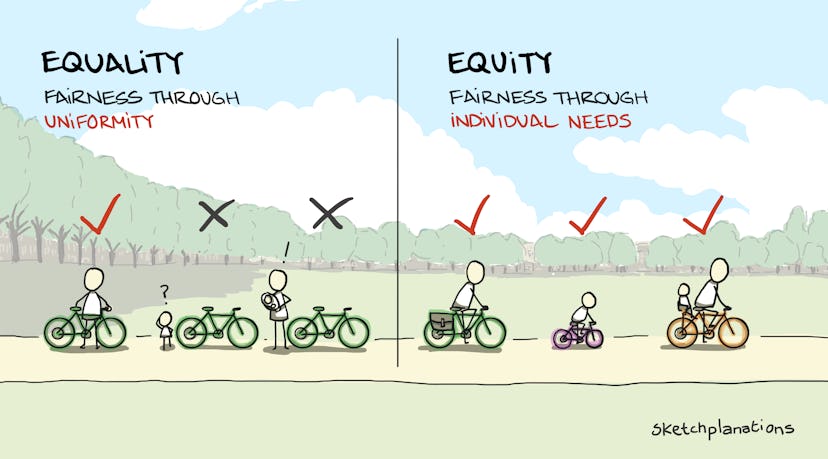Recently I received an announcement that our local chapter of the Association of Fundraising Professionals is having a showing and discussion of Uncharitable, a feature-length documentary that “exposes the dark side of philanthropy and introduces a radical new way of giving.” That intrigued me. I learned the title comes from a book of the same name by Dan Pallotta, which led me to this TED Talk.
It’s fascinating and I wanted to share it! See what you think.

Find Us On Social Media: